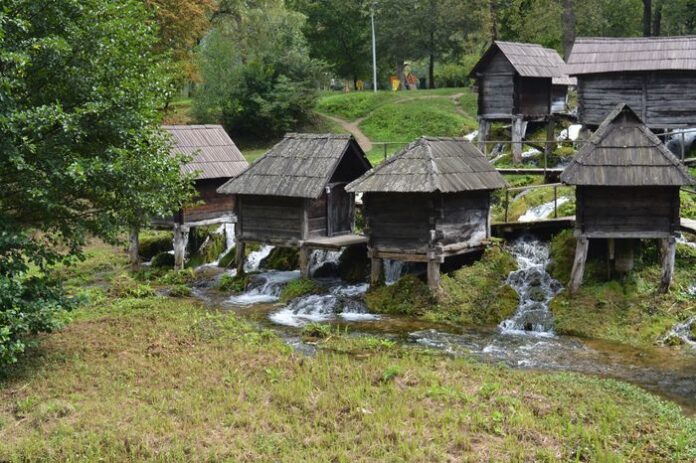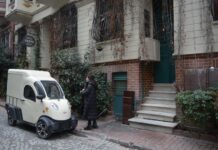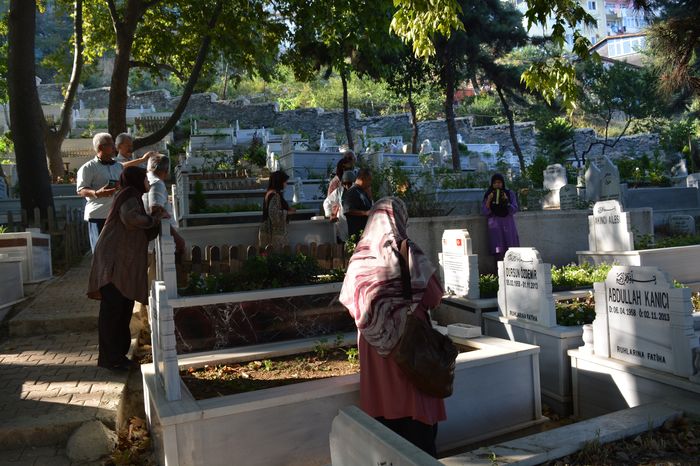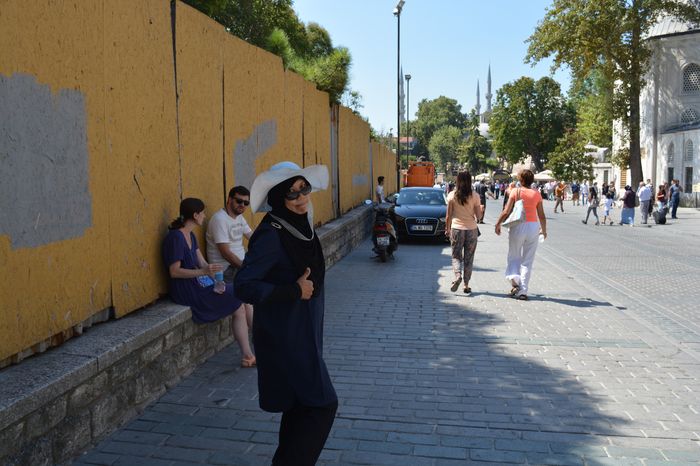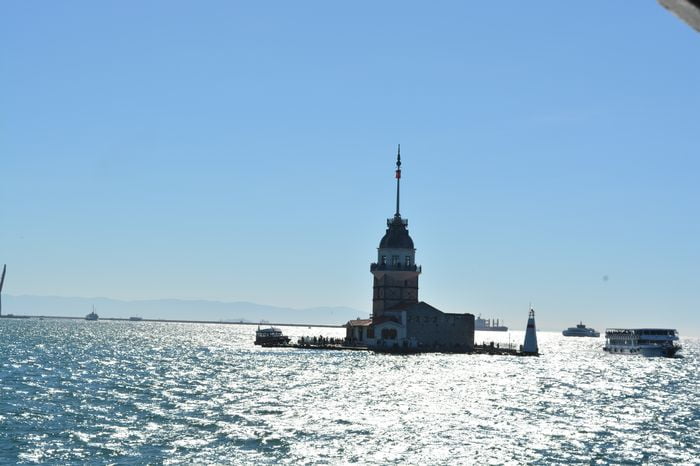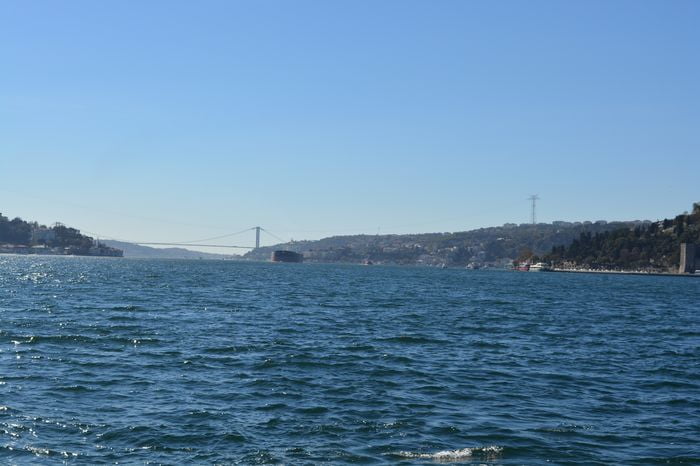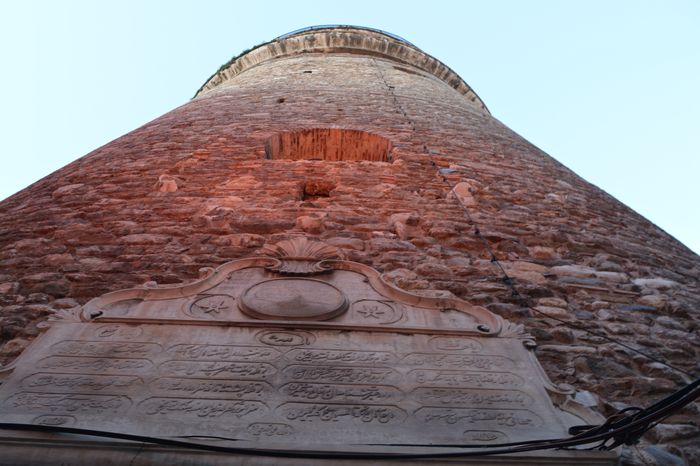Cistern is located on Ibadethane Sokak, to the southwest of the Pantokrator Church in Istanbul. This cistern is a remarkable example of how Byzantine builders reused old architectural parts, especially column capitals. The structure is supported by ten stone piers, each topped with impost blocks decorated with crosses. Additionally, two marble columns stand on the west side, carrying sixth-century composite capitals.
One of these capitals is unique because it shows the “a-jour” technique, which means it has openwork or pierced designs that create a lace-like effect. These capitals are also divided vertically by flat dividers on their sides, a decorative detail that adds interest to their appearance.
Next to Cistern, Cistern No. 2 sits against its east wall. Another cistern is found near the Şeyh Suleyman Mosque, just ten meters north of Cistern No. 1. All these cisterns are believed to have been built at the same time as the Pantokrator Monastery complex, which dates back to the twelfth century. This shows that reuse of materials continued well into the late Byzantine period Istanbul Old City Tours.
The Sultan Cistern: A Variety of Capitals
The Sultan Cistern (also possibly known as the Bonos Cistern) is another important example of reused capitals in Byzantine cisterns. This cistern contains twenty-eight marble columns, all topped with capitals in the sixth-century Constantinopolitan Corinthian style.
The Corinthian capitals are decorated with acanthus leaves, arranged in two rows. Among these, one special capital stands out: a late fifth or early sixth-century “wind-blown” acanthus type, where the leaves look like they are moving in the wind. Most capitals were placed below a second capital called the Ionic impost, which is decorated with crosses. Other capitals are simpler, showing plain or acanthus-decorated impost blocks that reflect sixth-century styles Monolithic Columns in Byzantine Cisterns.
Cistern Under Gulhane Hospital Courtyard
Another interesting cistern is located beneath the courtyard of the former Gulhane Hospital. This structure contains thirty marble columns, among which are several reused capitals from the fifth and early sixth centuries.
Two of the columns have fifth-century Composite capitals, decorated with finely carved acanthus leaves. A third column features a Corinthian capital with large-toothed leaf patterns called “mask acanthus,” typical of the early sixth century. In addition, there are three Ionic imposts and seven Corinthian capitals in this cistern.
Most other capitals have a plain trapezoidal shape with no decoration. This cistern is believed to have been built shortly after the closure of the marble quarries on Proconnessos Island, which led to more reuse of old materials.
These examples show how Byzantine builders in Constantinople skillfully reused older architectural pieces, especially column capitals, in their cistern constructions. The different styles and decorations reflect changes over time and the practical need to recycle materials after quarry closures. This reuse preserved many beautiful examples of Byzantine art while meeting the city’s important need for water storage.
